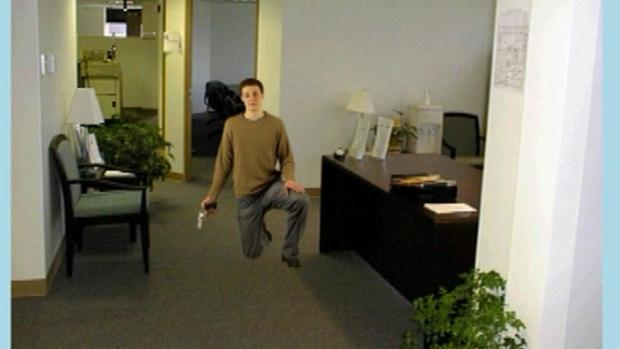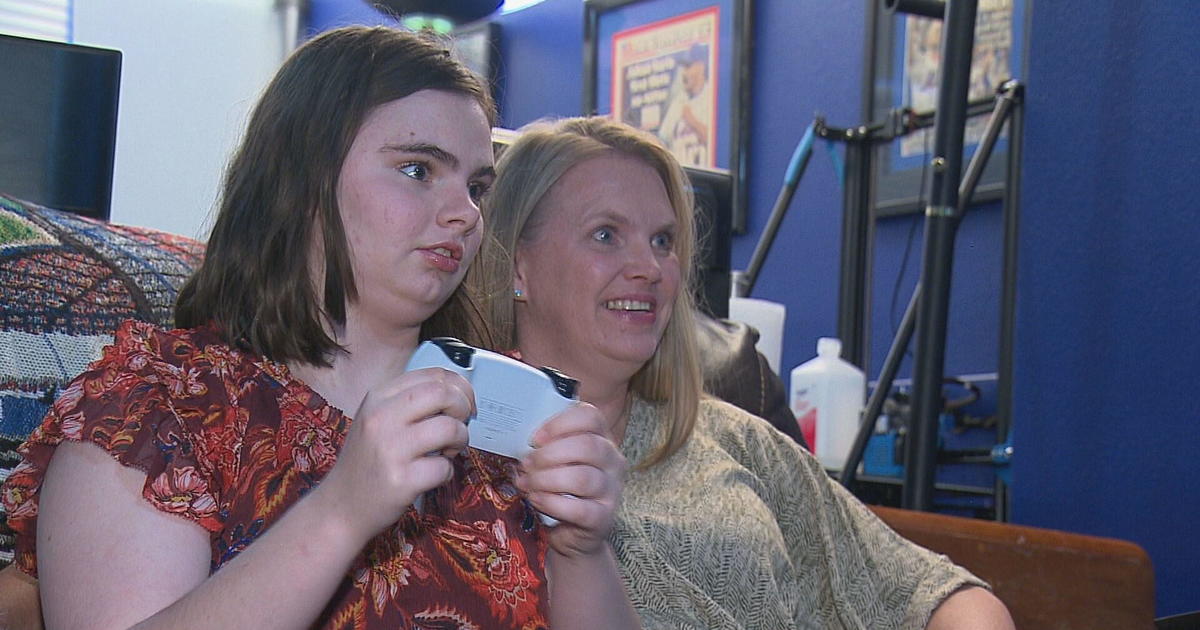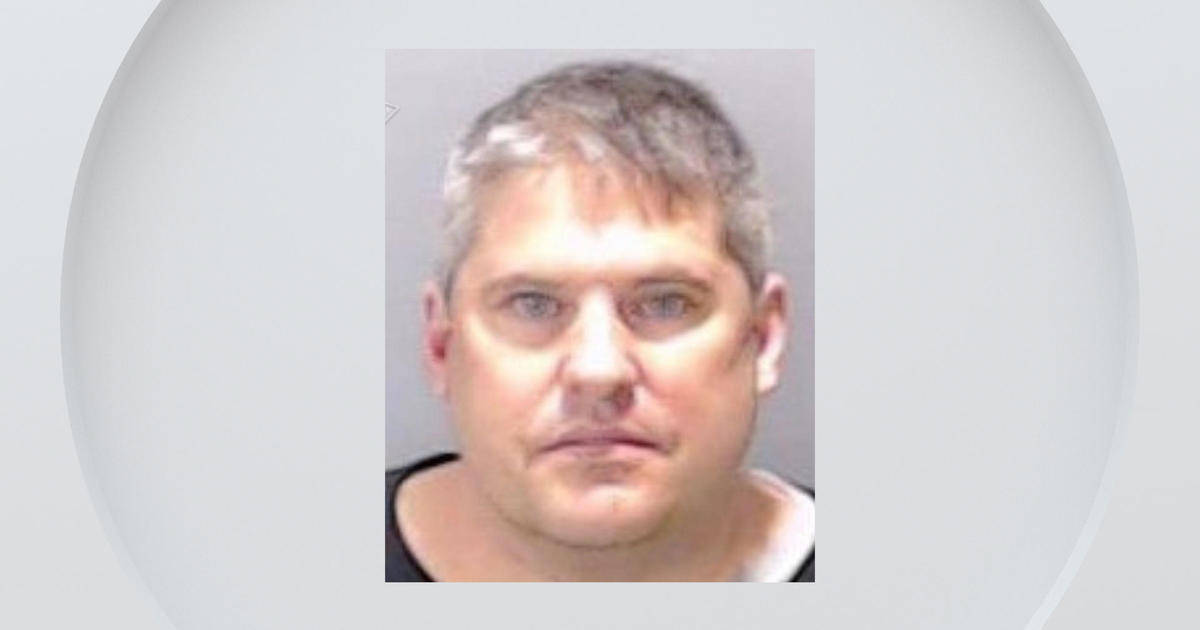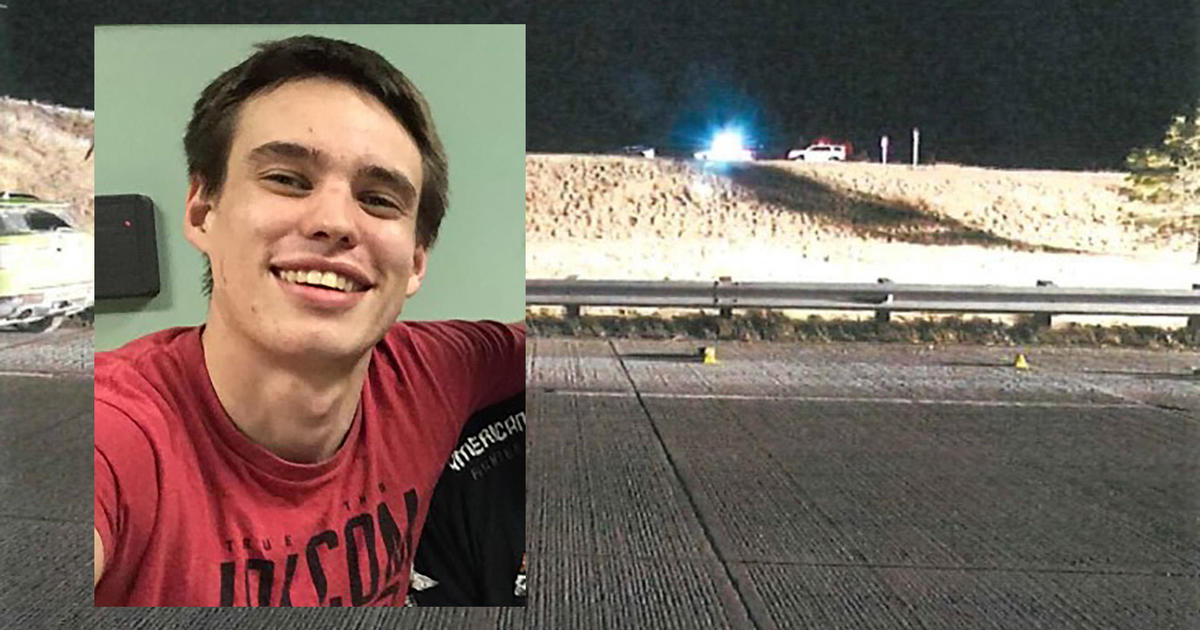Colorado Researcher Says Bias Is Hard to Shake
BOULDER, Colo. (CBS4) – In the aftermath of the grand jury decision on the shooting of Michael Brown and the shooting of 12-year-old Tamir Rice in Cleveland, there's a lot of conversation about whether bias is factor in police shootings.
A researcher at the University of Colorado has come to believe bias is so ingrained in American culture, it creeps into everyday decisions – even by people who harbor no racist sentiment.
How could that be?
"You may not personally endorse them. You may say, 'No, I don't think about. I don't believe that and I don't want to believe that,' " said Joshua Correll, associate professor of psychology and neuroscience at CU Boulder. "But in a culture that routinely communicates the association between black and danger we all pick up on that information. You and I pick up on it, police officers pick up on it."
The message Correll believes creates a bias that may persist even when we don't want it to: "Music, movies and local news often communicate the idea that race, that black people are more likely to be dangerous."
Correll and his colleagues have created an online video game to test people's reaction times to perceived threats. You can take that test here. While it won't show you your times yet, Correll is working on adding that feature soon. In the meantime, researchers can see the times.
"If you are like most of us, you will show a pattern of racial bias in your response times. You'll be faster to shoot a black target if he's holding a gun, and you'll be slower to shoot a white target if he's holding a gun," he said.
In addition he's found that people take longer to determine that a young black male with an innocuous item like a wallet, cell phone or can of soda is not a risk than it takes for them to determine a white male is not a risk. The difference is measured in milliseconds, but it's clear. Nearly all people who take the test will more rapidly shoot the black target with a gun than white.
"120 to 140 milliseconds after the image appears on the screen, before we're consciously aware of seeing anything at all, our brains are already separating the black targets from the white targets," Correll said. We pick up on race very quickly, but in general, he said, they did not find a strong relationship between performance on this task and prejudice.
"It's not a question of do I like that group or not? That's not the question. It's a question of, 'Do I associate that group with threat or not?' " The surprising thing to Correll was that, on average, he found no statistically significant difference in the test results if the person taking the test was white or black. Both were more willing to shoot the black suspect with the gun faster and both took longer to establish that a black target without a weapon was not a threat.
What does it say about our society? Correll believes our society is saturated with messages that have made us believe black people are more dangerous. He's developing the research in part to help police officers but has found something else interesting: Most veteran police officers do better at the game and shoot and don't shoot more equally. But rookie officers are just like everyone else and shoot, on average, more quickly is an armed suspect is black. The officer who pulled the trigger on Tamir Rice, Tom Loehmann, had been on the job eight months.
There are ways to change the results. Among them, they had people read phony newspaper stories about horrific crimes committed by people black and white, then take the test. When the crime in the article was committed by a black person, bias was greater. When the crime was committed by a white person, people were more willing to shoot the white person – indicating less bias. They also looked at the setting. If the shooting scenarios are set in poor neighborhoods, people shoot equally, giving rise to questions about bias against the poor. He has also begun to study attention, categorization and face processing involved in areas of possible racial bias.
His thinking so far: "Asking people to not be biased or telling them to try not to be biased doesn't seem like the answer… It's not ignoring race. It's not pretending race doesn't exist, it's not pretending that there aren't stereotypes or prejudices in the real world. That doesn't seem to do the trick. What we think is, learning to pay attention, more attention to the object is the critical thing."





